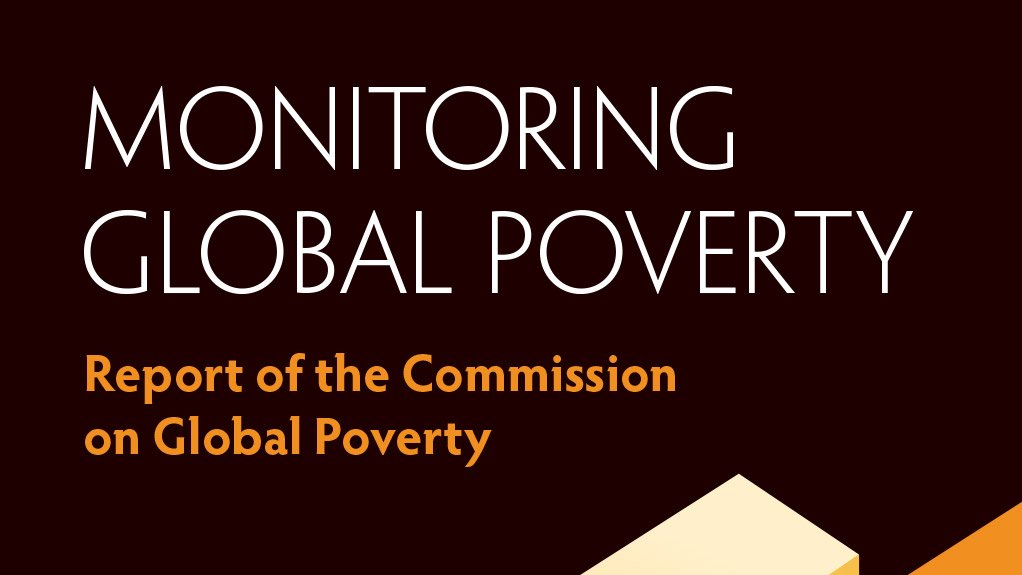- Monitoring Global Poverty3.94 MB
The World Bank’s Commission on Global Poverty has submitted recommendations on how to more comprehensively measure and monitor global poverty in support of the Bank Group’s goals of ending extreme poverty by 2030 and boosting shared prosperity.
“The aim of our Report was to improve the way the World Bank monitors poverty. By focusing on changes over time, we can learn, taking account of the potential margins of error, about the evolution of global poverty. The confidence to be placed in these conclusions can be increased by improvements in the methods of analysis and in the underlying data. Outside the World Bank, it is hoped that this report will be of value to everyone engaged in poverty measurement across the world, and be a highly positive force in encouraging partnerships,” said Sir Anthony Atkinson, Lead Author & Chair of the Commission on Global Poverty.
In its report, the Commission acknowledges the challenges posed by its recommendations, including the limited statistical resources available to poor countries, the need for collaboration across countries and agencies, and different national circumstances among low, and middle-income countries.
The Commission also recommends that the World Bank hold constant the yardstick for measuring extreme poverty – at $1.90 a day in 2011 PPPs - until 2030, the target year for the Bank’s own goal of ending poverty as well as the end-year for the Sustainable Development Goals (SDGs), the first and foremost of which is the eradication of extreme poverty everywhere, in all its forms.
In expressing its sincere gratitude to Sir Tony Atkinson and his Commission, the Bank Group said ‘its recommendations would guide the poverty monitoring work of the World Bank Group and other development partners and practitioners for many years to come.’
“Ending poverty is at the core of the World Bank’s development work. As we strive towards ending extreme poverty by 2030, the recommendations of the Commission on Global Poverty will inform how we measure progress in all dimensions of our work,” said World Bank Chief Economist, Paul Romer,” We are extremely thankful to the Commission for taking on this important task and providing its valuable recommendations.”
Romer said that the Bank agreed with the Commission’s call for the extreme poverty line to be cited as “the International Poverty Line (IPL)”, and expressed in each country in terms of its local currency. The Commission had also urged the Bank to “establish its own requirements with regard to the measurement of non-monetary poverty”, and to introduce a “multi-dimensioned poverty indicator based on the counting approach, and covering the overlap of dimensions.”
In response, Romer said the World Bank would now track non-monetary deprivations of poverty in three specific domains, namely: educational outcomes; access to health care; and access to basic services, such as water, sanitation and electricity. He said the Bank was particularly interested in the overlap among these different deprivations, and between them and monetary poverty.
The Commission, set up last year by the World Bank, brought together 24 of the world’s leading poverty experts, under the chairmanship of Sir Anthony Atkinson, a leading authority on inequality, Centennial Professor at the London School of Economics, and a Fellow of Nuffield College, Oxford University.
The Commission’s final report includes a set of 21 recommendations. Highlights include recommendations on broadening the conception of poverty to include non-monetary measures of deprivation; a suggestion to introduce a societal headcount measure of global poverty, which combines absolute and relative elements of poverty, and a recommendation to publish a global profile of the poor.
Report by the World Bank
EMAIL THIS ARTICLE SAVE THIS ARTICLE
To subscribe email subscriptions@creamermedia.co.za or click here
To advertise email advertising@creamermedia.co.za or click here











